29.04.2022
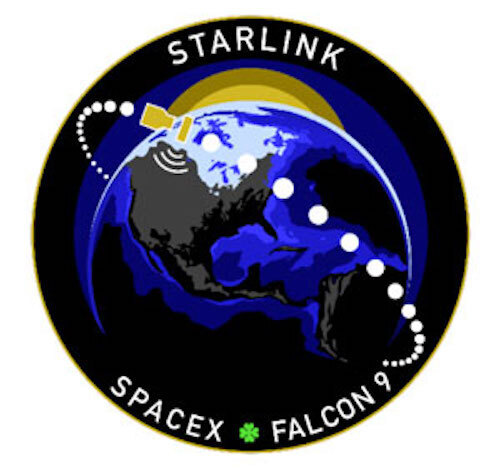
Weather looks good for SpaceX's next Florida launch to kick off weekend
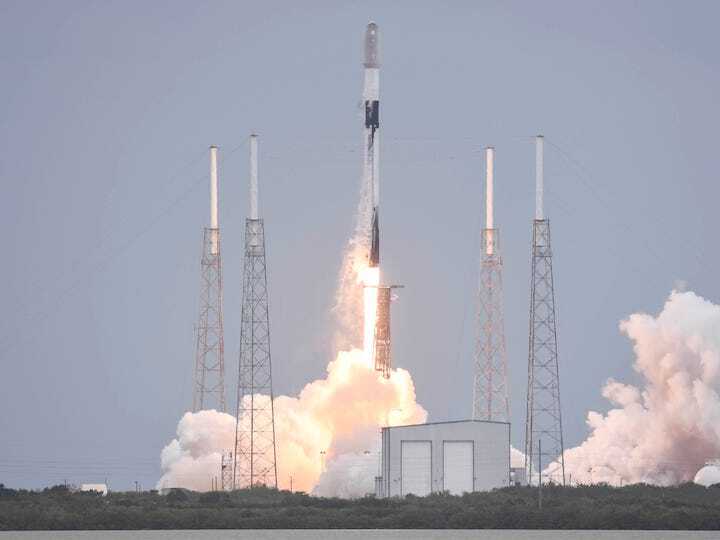
Weather conditions look favorable for the Space Coast's next launch of a SpaceX Falcon 9 rocket, this time taking flight with another batch of Starlink internet satellites.
Teams at Cape Canaveral Space Force Station's Launch Complex 40 are targeting 5:33 p.m. EDT Friday, April 29, for the 44th mission flying under the Starlink banner. Falcon 9 should fly into 80% "go" conditions during its trek northeast.
"High pressure building across the western Atlantic (into Friday) will support a continuation of low-level moisture ... yielding some clouds and potentially a light shower," Space Launch Delta 45 forecasters said Thursday. "The primary weather concern for launch day is the extent and depth of these clouds."
After liftoff, the 162-foot first stage will target a drone ship landing several hundred miles off the coast int he northern Atlantic Ocean. Conditions for that recovery were noted as "low-risk."
A backup launch opportunity is available Saturday afternoon, if needed, though conditions are expected to be mostly the same.
Starlink now has more than 2,000 satellites operating some 350 miles above Earth's surface and hundreds of thousands of customers. The internet network needs thousands more to offer full global coverage.
This will mark the 17th launch of the year for the Space Coast, which places this year's cadence firmly in the range of being able to reach 50 launches if schedules hold through December. The roughly one-launch-a-week number has been a long-term goal for all stakeholders on the Eastern Range like NASA, the Space Force, and private companies.
Launch Friday, April 29
- Rocket: SpaceX Falcon 9
- Mission: 44th Starlink launch
- Launch Time: 5:33 p.m. EDT
- Launch Complex: 40 at Cape Canaveral Space Force Station
- Trajectory: Northeast
- Liftoff Weather: 80% "go"
- Landing: Drone ship
- Landing Weather: Low-risk
Quelle: Florida Today
+++
SpaceX shooting for rocket turnaround record with next Starlink launch
With a mission Friday to deploy more Starlink internet satellites, SpaceX will try to shave nearly a week off the company’s previous record for the shortest time between two launches of the same Falcon 9 booster.
The Falcon 9 rocket scheduled to blast off Friday from Cape Canaveral will be powered by a first stage that launched just 21 days before, with Axiom’s Ax-1 private astronaut mission to the International Space Station. SpaceX is poised to break the 27-day rocket turnaround record set last year.
Fifty-three more Starlink internet satellite are fasted on top of the Falcon 9 rocket set for liftoff from pad 40 at Cape Canaveral Space Force Station. Launch is timed for an instantaneous opportunity at 5:27 p.m. EDT (2127 GMT) Friday. Forecasters from the U.S. Space Force, which runs the launch range at Cape Canaveral, predict an 80% chance of favorable weather for liftoff Friday afternoon.
The mission — designed Starlink 4-16 — will be the 151st launch of a Falcon 9 rocket since SpaceX debuted its workhorse vehicle June 4, 2010, and the 43rd Falcon 9 flight primarily dedicated to hauling Starlink internet relay stations into orbit. The launch will be SpaceX’s 17th mission of the year, and the sixth Falcon 9 launch in April, SpaceX’s most ever in a single month.
SpaceX has ramped up its launch cadence this year. Elon Musk, the company’s founder and CEO, has said SpaceX aims to complete 60 Falcon 9 and Falcon Heavy flights in 2022, nearly double the 31 missions accomplished last year. The launch rate is sustained by SpaceX’s reuse of rocket boosters and payload fairing shells. Just one of the 17 Falcon 9 flights so far this year has used an all-new rocket.
The booster flying on Friday’s mission — tail number B1062 — landed on SpaceX’s drone ship “A Shortfall of Gravitas” in The Atlantic Ocean after launching with the Ax-1 missions. The drone ship returned the rocket to port for inspections and minor refurbishment, then SpaceX integrated the booster stage with a new second stage and rolled the rocket into the hangar at pad 40.
Inside the hangar, SpaceX technicians mated the rocket with its payload of 53 Starlink satellites, already encapsulated inside the Falcon 9’s nose shroud. SpaceX planned to roll the fully assembled Falcon 9 to the pad just north of the hangar Thursday, then raise it vertical for final launch preps.
Like most recent Starlink missions, the Falcon 9 will target a near-circular orbit at an average altitude of 192 miles (310 kilometers) for deploying of the 53 flat-packed spacecraft, each weighing a bit more than a quarter ton.
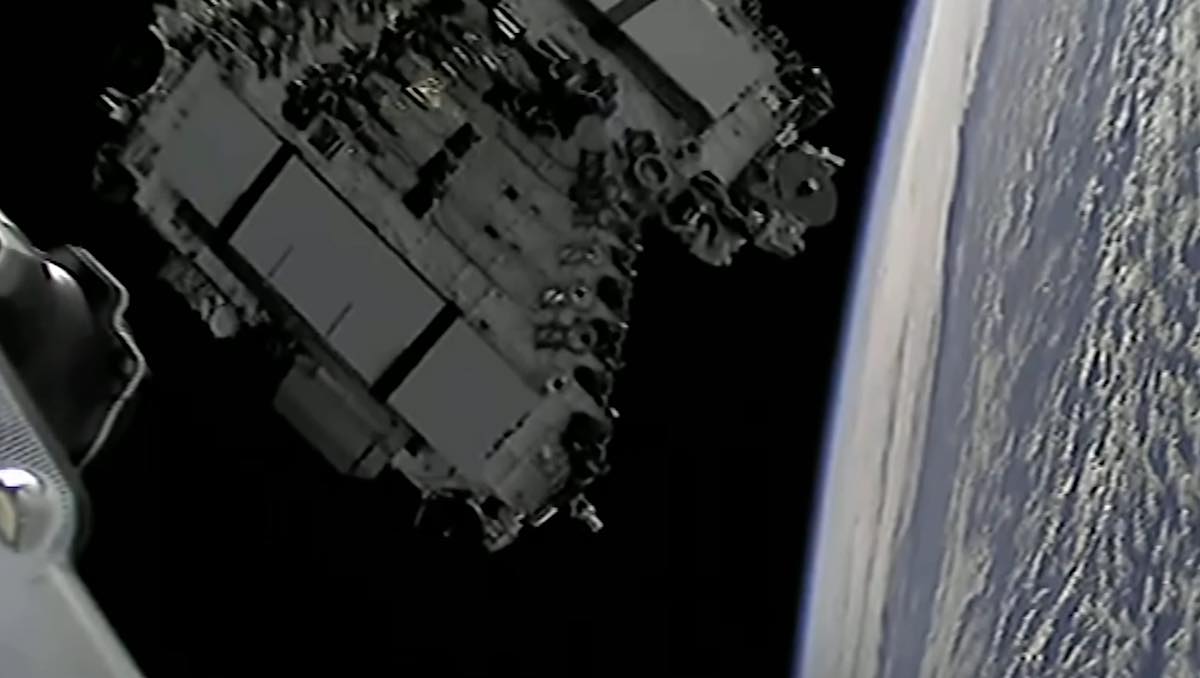
The Falcon 9 rocket will head northeast from Cape Canaveral with nine kerosene-fueled Merlin 1D engines generating 1.7 million pounds of thrust. Two-and-a-half minutes after liftoff, the booster will separate from the second stage and begin its descent back to the drone ship “Just Read the Instructions” in the Atlantic Ocean east of the Carolinas.
The booster, on its sixth trip to space, will arc to an altitude of nearly 400,000 feet before coming down for a propulsive vertical landing on the floating platform about eight-and-a-half minutes after launch.
The second stage will ignite its single vacuum-optimized engine for two burns to place the Starlink satellites into the correct orbit for separation. Deployment of the Starlink satellites will occur south of Australia about 59 minutes into the mission.
The Falcon 9 will release the satellites in an orbit with an inclination of 53.2 degrees to the equator, one of five orbital “shells” used in SpaceX’s global internet network.
The Starlink satellites will extend solar arrays and use on-board ion thrusters to reach their operational orbit at an altitude of 335 miles (540 kilometers), where they will enter commercial service and begin beaming broadband signals to consumers.
Going into Friday’s mission, SpaceX has launched 2,388 Starlink satellites to date, including spacecraft that were decommissioned or suffered failures. More than 2,100 of those satellites are in orbit and functioning as of Thursday, according to a list maintained by Jonathan McDowell, an astrophysicist who tracks spaceflight activity.
That makes the Starlink fleet the largest satellite constellation in the world, by a factor of nearly five over the internet satellite fleet owned by rival OneWeb.
Quelle: SN
+++
Update: 30.04.2022
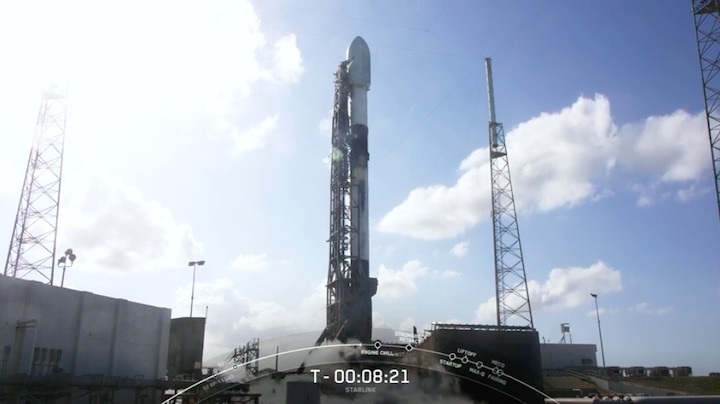
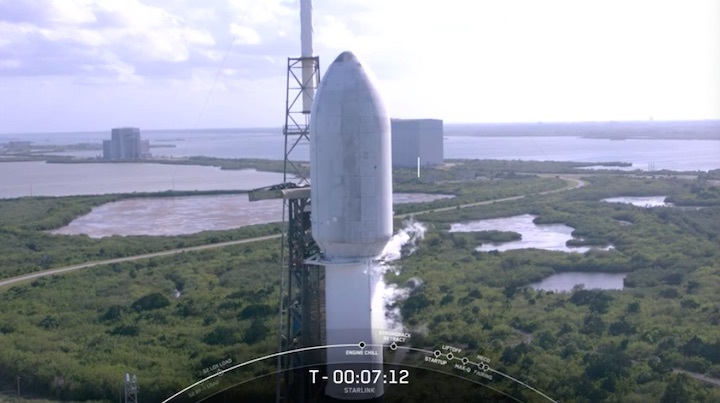

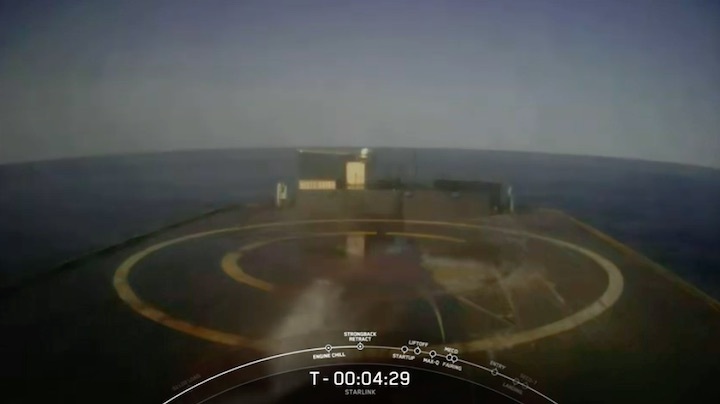
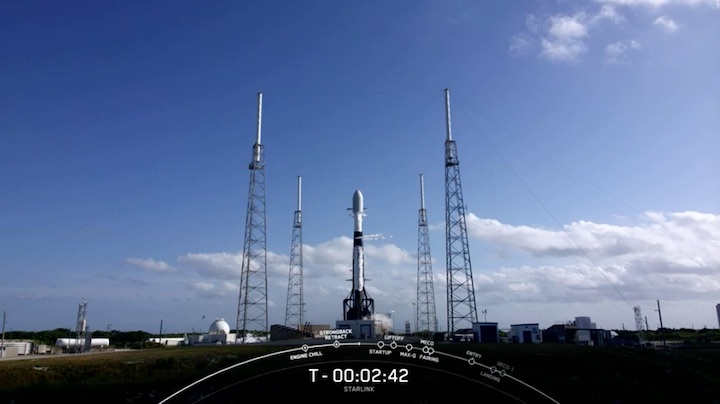
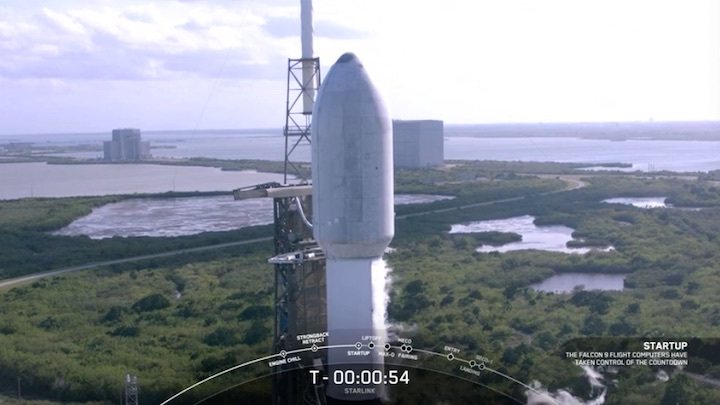

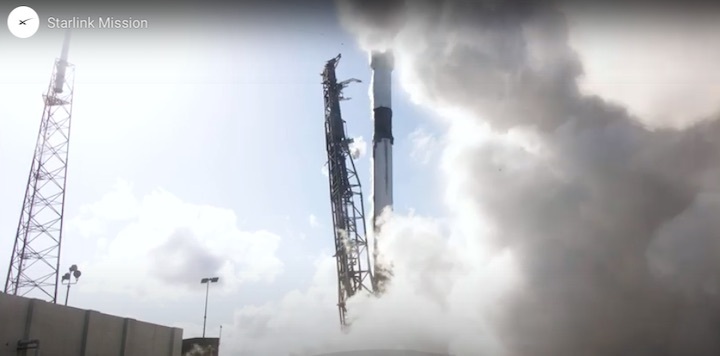
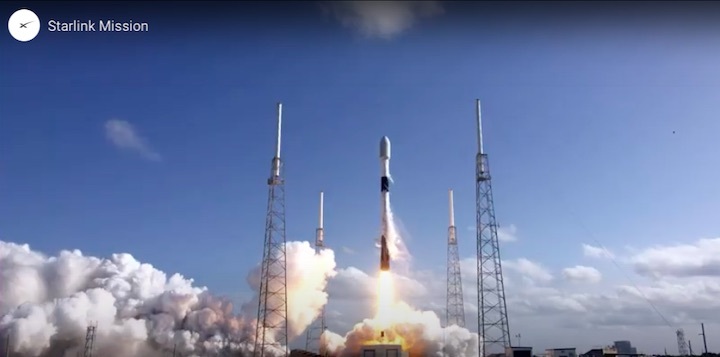
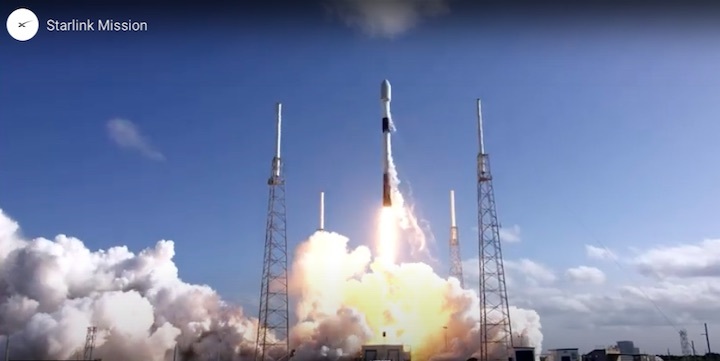
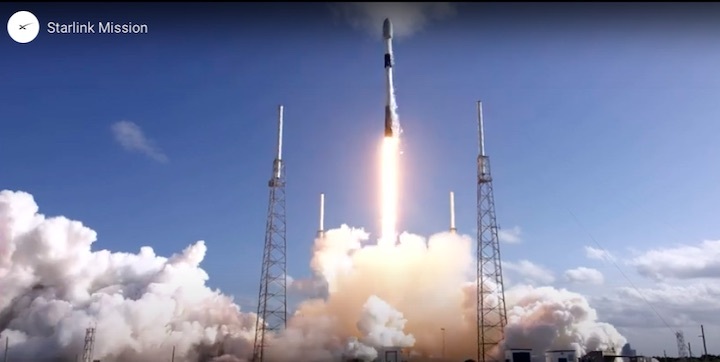
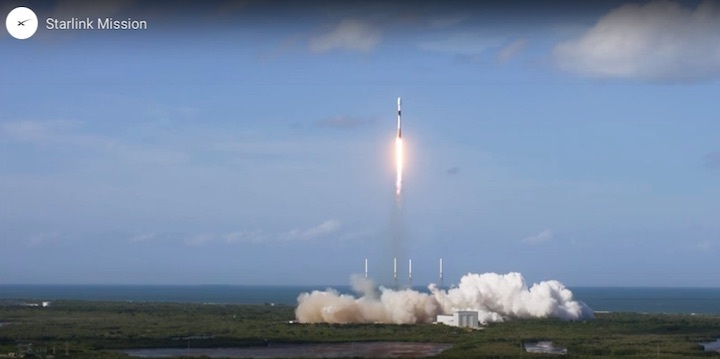
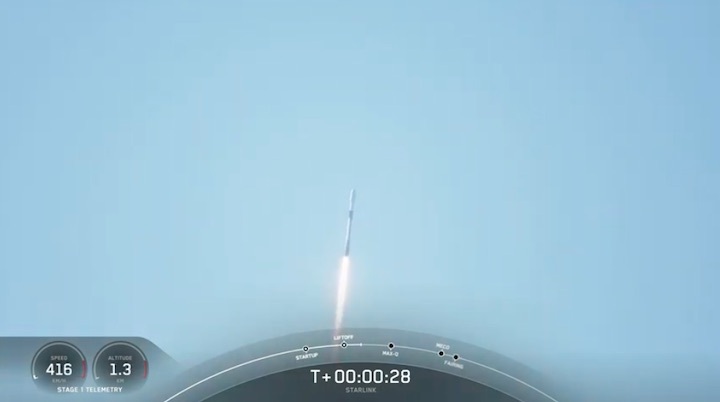
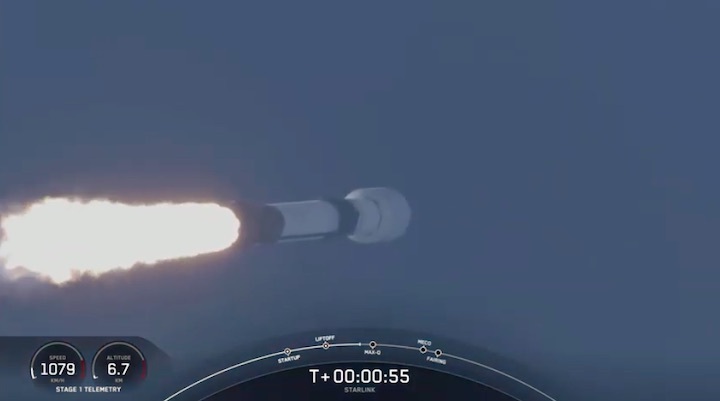
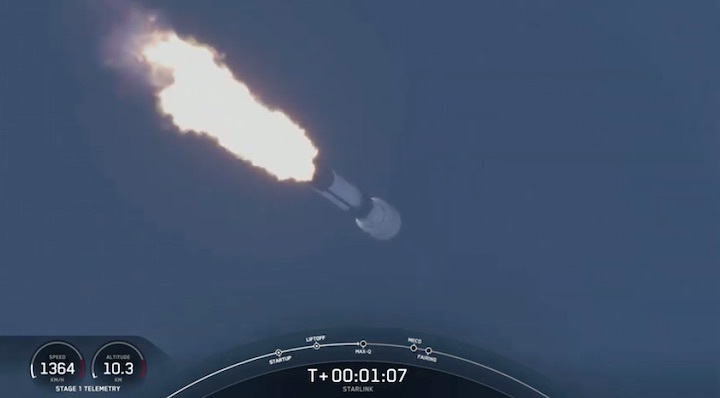
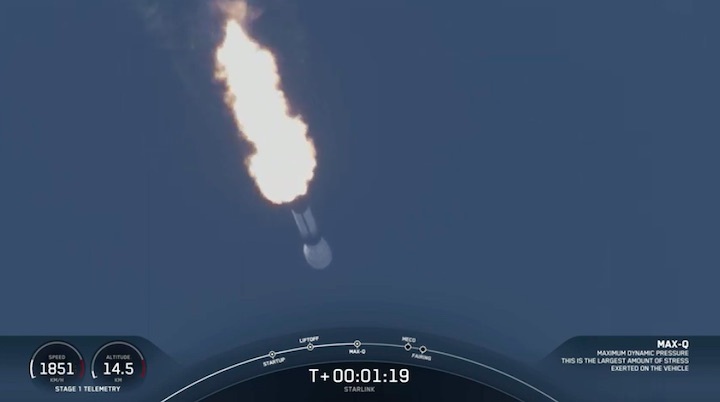
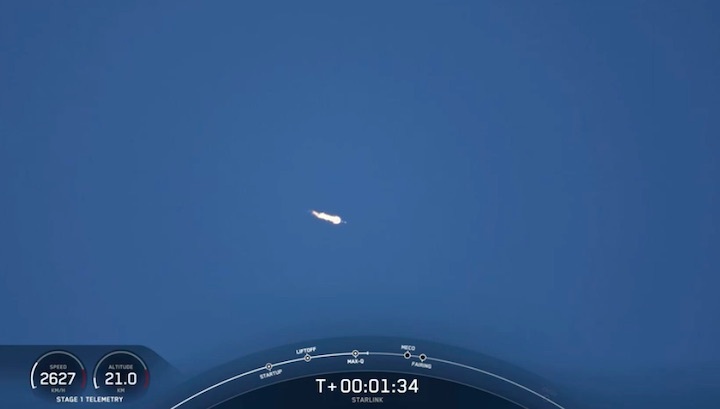
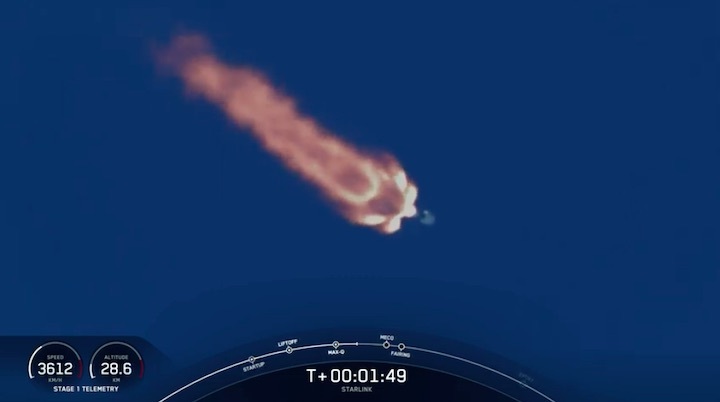
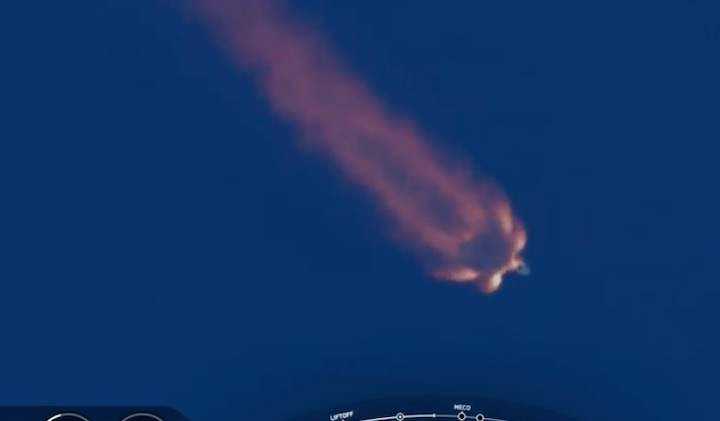
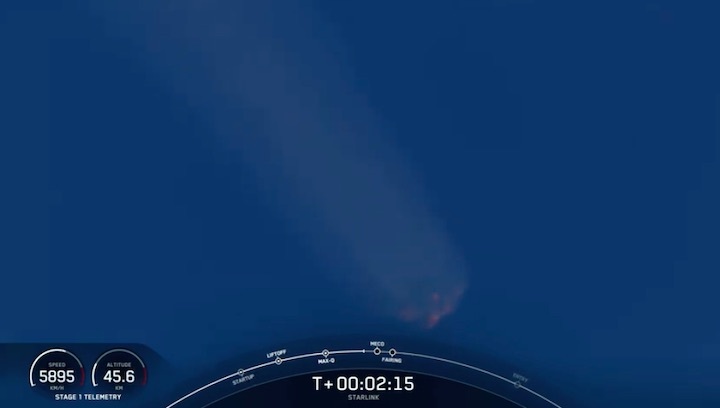
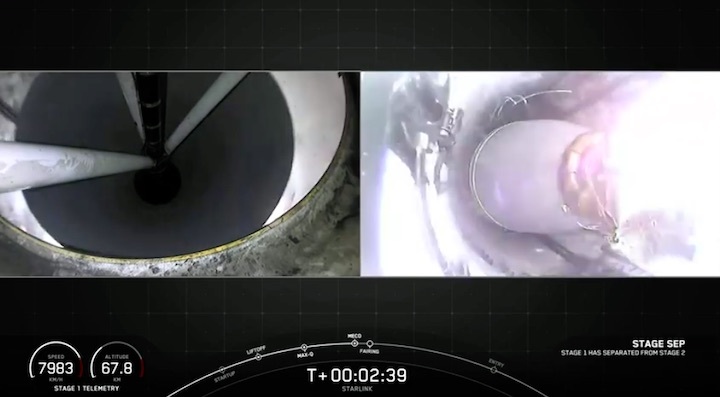



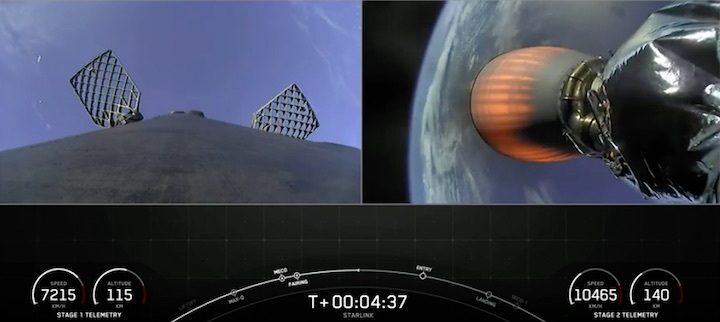


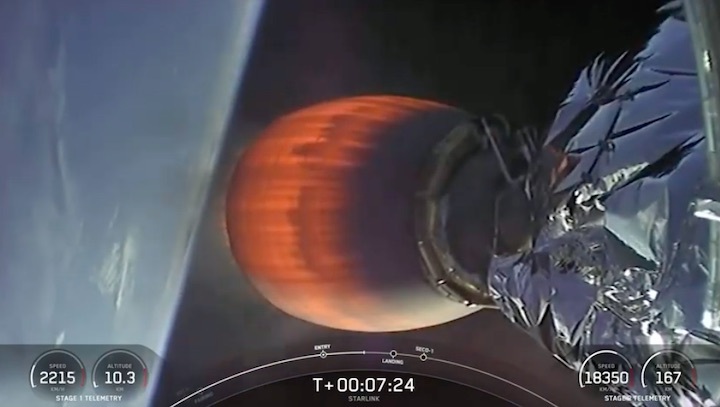










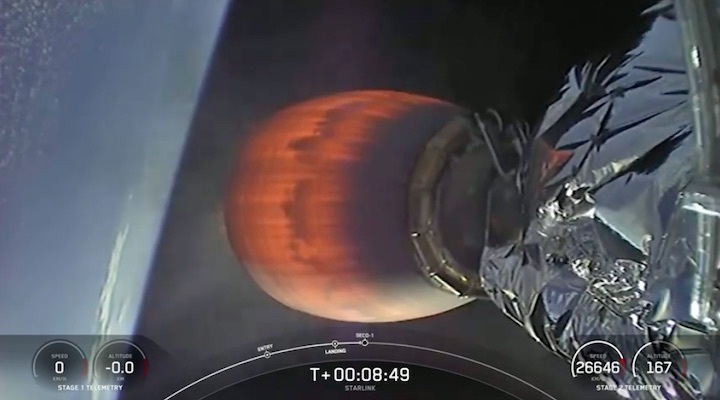
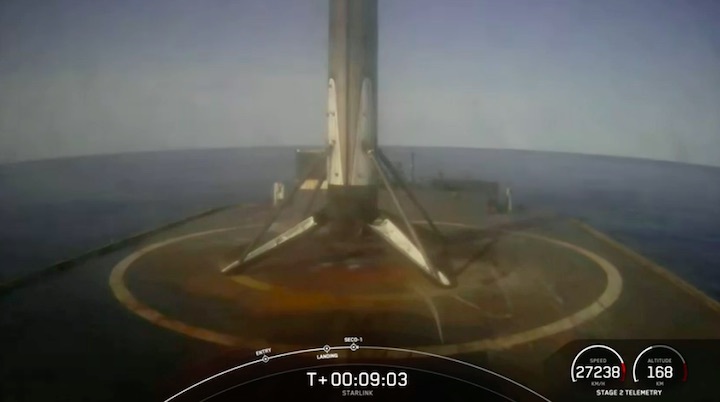
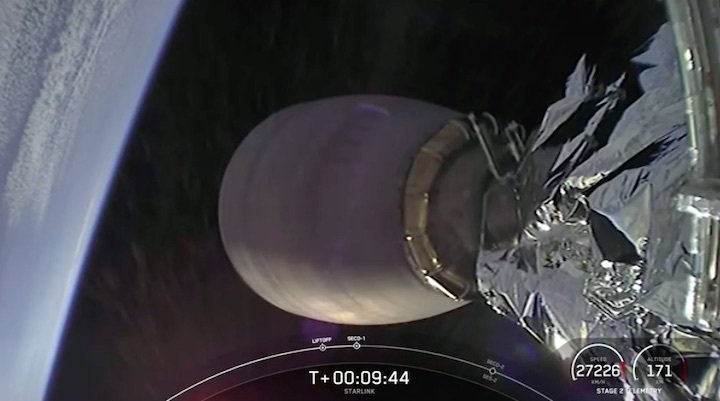
Quelle: SpaceX
